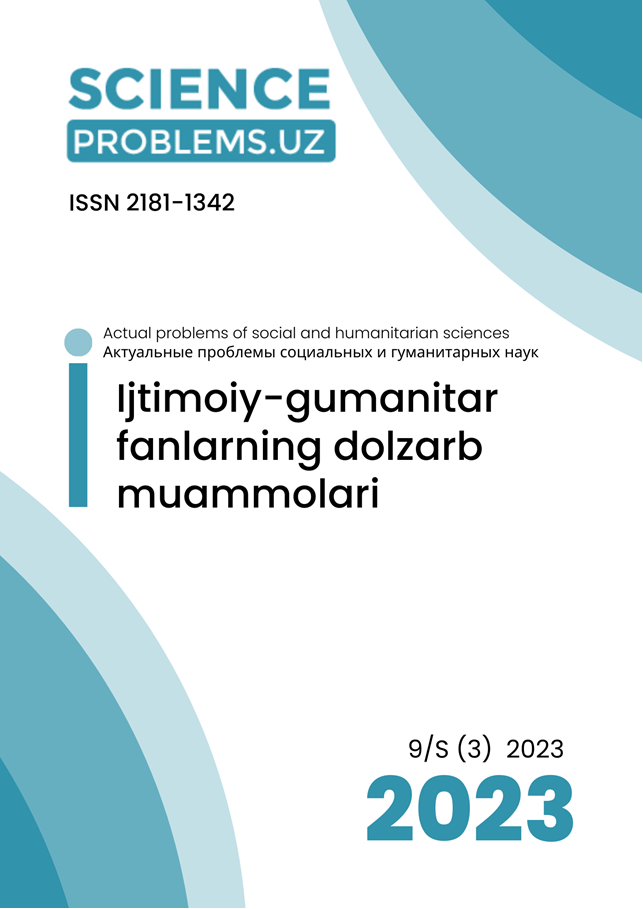ОСОБЕННОСТИ ИСПОЛЬЗОВАНИЯ ТРАДИЦИОННОГО И НЕТРАДИЦИОННОГО ВИДОВ ЧТЕНИЯ В УЧЕБНОМ ПРОЦЕССЕ
Kalit so'zlar
https://doi.org/10.47390/SPR1342V3SI9Y2023N48Kalit so'zlar
чтение, инновационный метод, нетрадиционный метод, обучение, коммуникативные навыки, технология.Annotasiya
Образование играет ключевую роль в темпах социально-политического и экономического роста любого государства, поэтому эффективное обучение имеет важное значение. Эффективное обучение не сводится только к получению огромного количества знаний учеником, но и углубляется в технические аспекты, обеспечивая содействие прогрессу ученика с одного уровня на другой, позволяя ему в то же время развиваться самостоятельно и осознано.
Manbalar
Раджабова Д. К (2019). Анализ этапов чтения как вида речевой деятельности / Д. К. Раджабова. — Текст: непосредственный // Молодой ученый. — 2019. — № 21 (259). — С. 523-525.
Политков С.Н. (2004). The bookishness as a cultural phenomenon (materials of the round table) // Philosophy.2004. №7–8.Pp.9–11.
Тагаева Т.Б. (2023) Индивидуальные черты художественного стиля У.С. Моэма. Международный журнал искусство слова – 2023. —№ 3.— С. 46-51
Graves, M.F., Juel, C., Dykstra, & Graves, B.B. (2007). Teaching reading in the 21st century. New York: Scholastic and Pearson Education.
Nunan, D. (2010). Practical English language teaching. New York: The McGraw-Hill Paris, Scott. (2010). Teaching reading and viewing: Comprehension strategies and activities for years 1-9. New York: Queensland Studies Authority.
Seyler, U. D. (2004). The reading context: developing college reading skill. New York: Person Education
Schmidt, J.R. Rozendal, M.S.Greenman,G.G.(2002) May-Juine Vol. 23.No.3(130-140) Reading instruction in the inclusion classroom.








